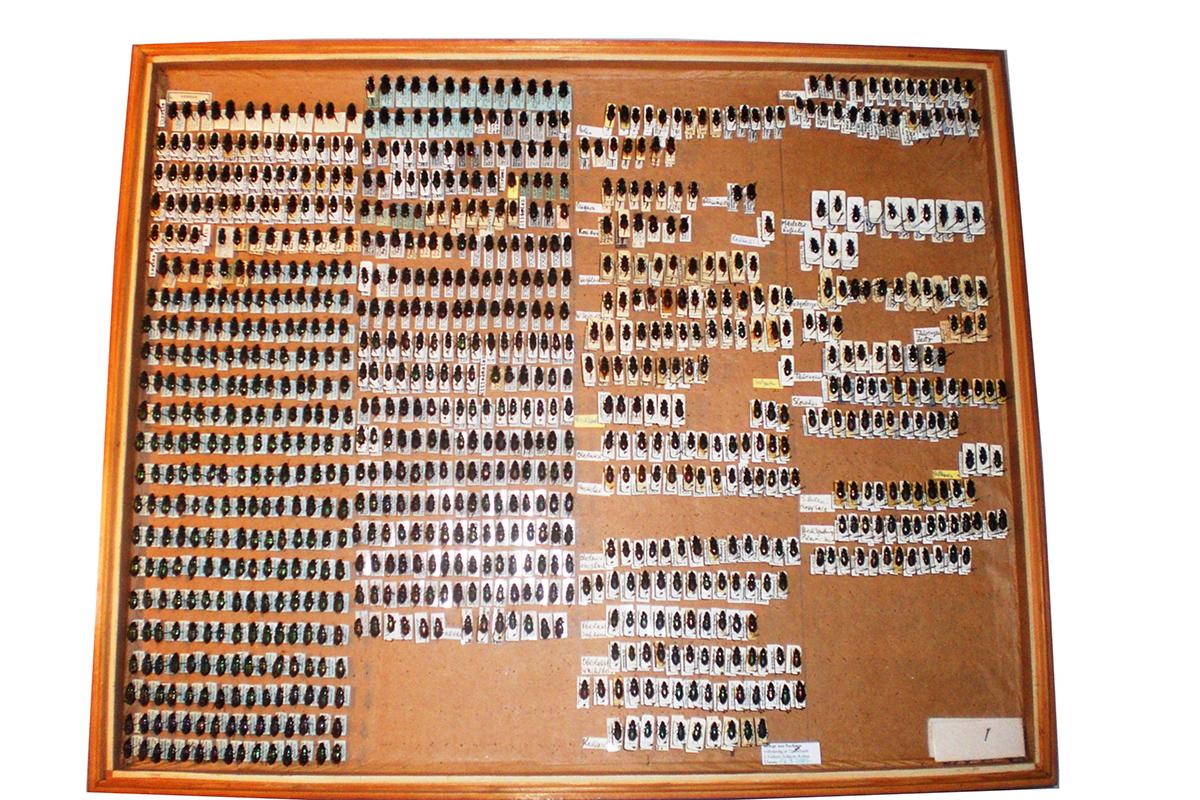Questions to be investigated
Within my PhD-project which takes place in the project "Bridging in Biodiversity Science" (BIBS) I am focusing on the effects of rising urbanisation and agricultural land use, so called domesticated or novel ecosystems, on different persisting insect species in the area of Berlin-Brandenburg. For that reason 3 ground beetles species, 2 moth species and 1 bumblebee species were chosen. The morphological traits are the body size, body proportions, colouration and fluctuating asymmetry for potential stress indicators for the ratio of stable nitrogen isotopes as evidence for fertilizer. These traits will be examined along a temporal gradient (of the past 150 years) and along a spatial gradient (from nearly natural to urban/agricultural). The aim of this project is to examine if novel ecosystems have any influence on morphological traits. This could show higher stress levels during the development of larvae of the species.
Methodology
The morphological traits, like body size, body proportions, colouration and the morphological traits for examine different levels of fluctuating asymmetry, like the length of the legs and wings and the diameter and bulge of the eyes will be examined with the help of microscopically measurements and measurements of photographs with an image editing program. For the analysis of the stable isotopes, a mass spectrometer will be used.
Partners
- BBIB Berlin-Brandenburg Institute of Advanced Biodiversity Research
- Dr. Sascha Buchholz, Technische Universität Berlin
- Dr. Ralph Platen, Leibniz-Centre for Agricultural Landscape Research (ZALF)
- Dr. Franz Hölker and Dr. Roy van Grunsven, Leibniz-Institute of Freshwater Ecology and Inland Fisheries (IGB)
- Dr. Dirk Berger and Dr. Daniel Rolke, Naturkundemuseum Potsdam
- Larissa Schaub and Sissi Donna Lozada Gobilard, Universität Potsdam
- Manfred Gerstberger, Entomologische Gesellschaft ORION-Berlin
Duration
01.03.2016 – 28.02.2019
Funding
Federal Ministry of Education and Research

